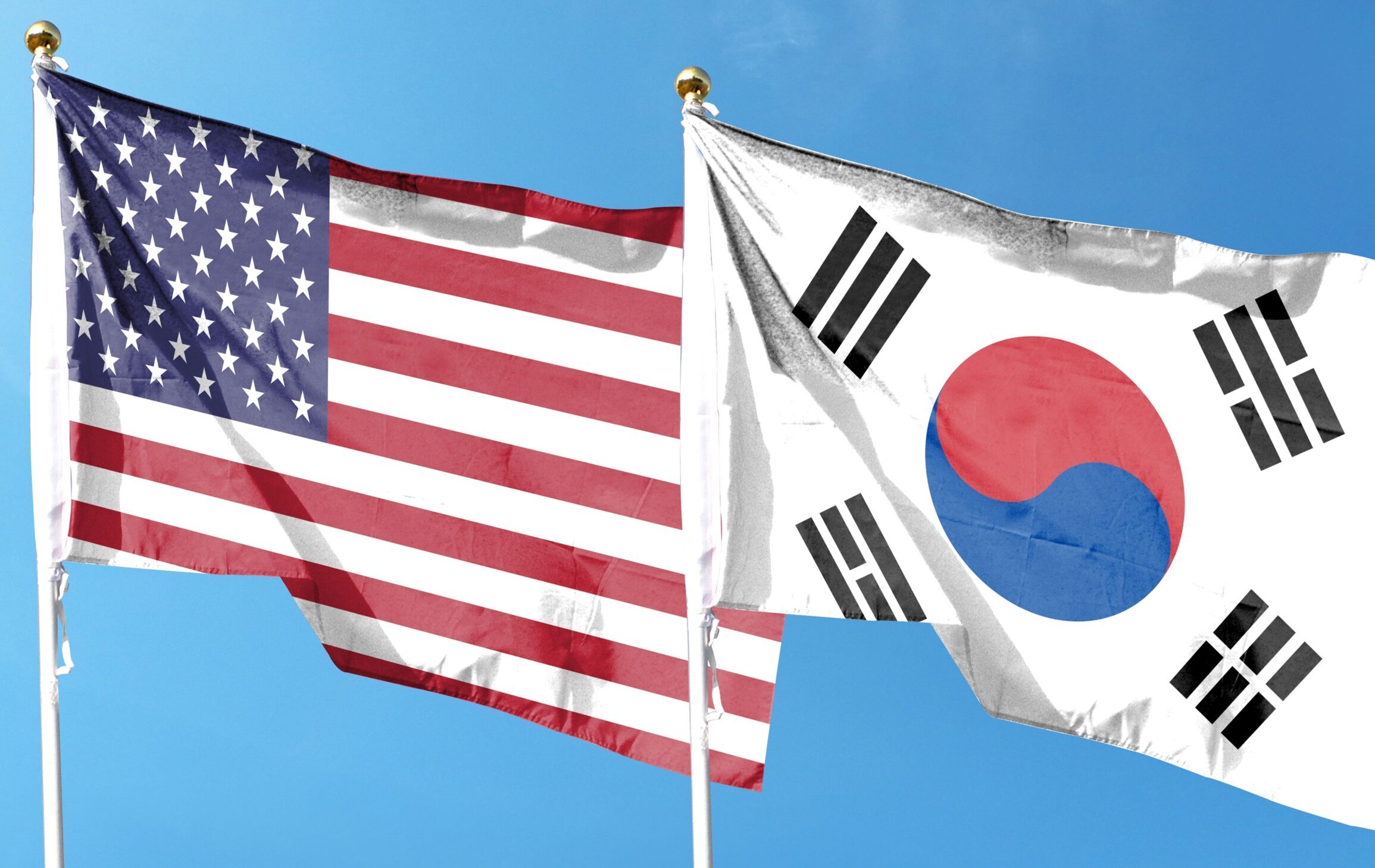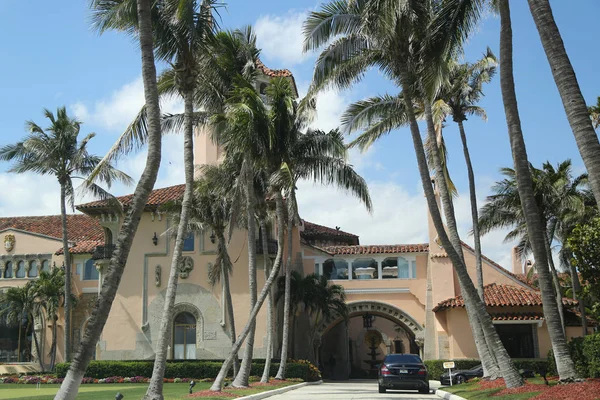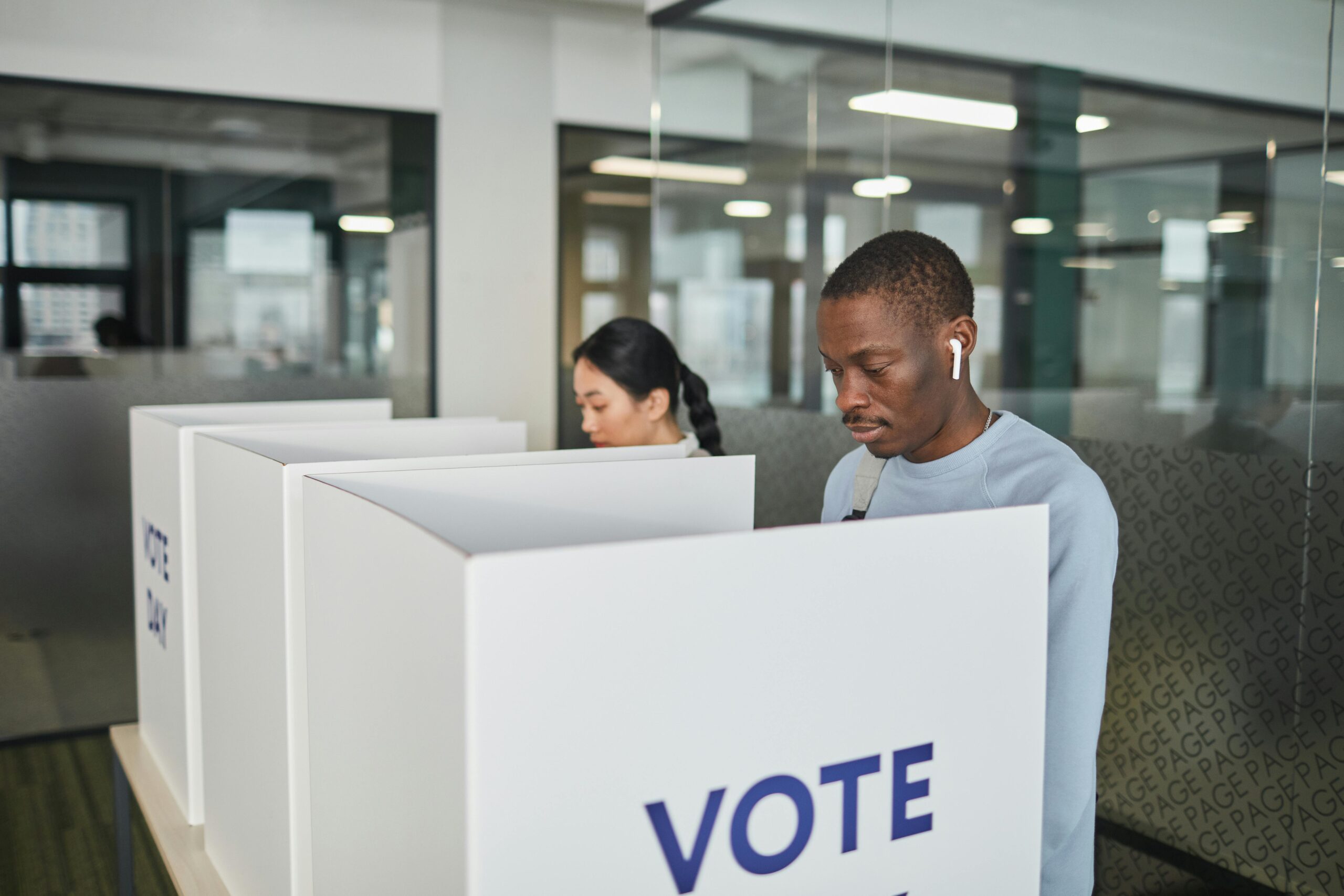Eighty Years of Martial Law
South Korean President Yoon Suk-yeol’s declaration of martial law is of little import compared to the American occupation of the country.

On Tuesday, December 3, 2024, South Korean President Yoon Suk-yeol declared martial law. From that moment to this, pundits in East Asia, the United States, and elsewhere have been busy whipping themselves into a furor rivaled only by the scenes of open-air chaos in downtown Seoul.
“Yoon is a dictator!” the pundits and South Korean protestors cried. “Yoon is an insurrectionist! He is taking South Korea back to the dark ages of military government!”
Yoon’s reasons for declaring martial law were thin gruel. He thought “anti-state forces” were holding up important legislative processes, and so he apparently decided to up the ante by calling out the army to overwhelm the recalcitrant opposition. But that Yoon was plotting to seize the reins of power is belied by two facts: one, he is already the president, and insurrectionists are rarely Dada enough to attempt the theater-of-the-absurd role of overthrowing themselves. And two, while Yoon may have tried to prorogue (not topple) the legislature, he may also have been trying to spur the lawmakers into doing their jobs instead of sitting on their hands and holding up his longed-for legislation. Either way, fits of pique at uppity parliamentarians are not sufficient conditions for coups d’etat. Yoon may have made a grave political miscalculation by sending troops into the streets and the National Assembly, but “political miscalculation” is the beginning and the end of it.
As for the charge that the South Korean president is a dictator, let us remember that a chastened Yoon withdrew his martial law declaration just six hours after he issued it. If there is a Dictatoring for Dummies volume lying around somewhere, surely there is at least one chapter on “Ruthlessness” and another on “Sticking to Your Guns.” The very nature of a dictator is to dictate terms to unwilling masses and then to overwhelm their griping with massacres and secret police. Yoon, seeing that the masses of people in South Korea were resisting being put under martial law without damned good reason, thought better of the gambit and sheepishly called the whole thing off. Thanks to their great skill at terrorism and gratuitous violence, the Kim regime in Pyongyang is still in power after 76 years. Yoon barely managed twenty-five percent of a single day. As dictators go, the indecisive Yoon is terrible.
But what is most unconvincing is the accusation that Yoon’s hasty-pudding martial law idea somehow took South Korea back to the decades when military rule was the norm. Because, military rule is the norm now, and has been for the past eighty years.
Yes, it is true that South Korean presidents Rhee Syngman (1875-1965), Park Chung-hee (1917-1979), and Chun Doo-hwan (1931-2021) relied on the power of the formidable South Korean military to keep order in the country. I admire them for doing so. We shouldn’t forget that South Korea’s northern neighbor is a communist gulag whose agents press every advantage of shared language and ethnicity to infiltrate deep into the workings of the ROK. Park Chung-hee was nearly assassinated while delivering a speech on stage in 1974, on the August 15th anniversary of Japan’s surrender to the Allies, by a pro-North agent infatuated with the writings of Mao Zedong. Park’s poor wife Yuk Young-soo was killed instead when the bullets that flew in Park’s direction missed and struck her in the head, mortally wounding her… but none of this was a failure of martial law. The crime was planned in Japan and not in South Korea. Park’s would-be assassin was a Korean born in postwar Osaka. This is a left-handed testament to the efficacy of South Korea’s martial law regime at the time. It worked. Communists could not get a grip on power in the South because hard men with weapons were keeping them from doing so.
Park was eventually assassinated five years later by a CIA agent. Not the Washington CIA. The KCIA. Alas, there’s nothing martial law can do about machinations within the Praetorian Guard.
There are many others in South Korea who share my admiration for Park Chung-hee. Of course, the authoritarian regimes of the past were marked by occasional brutality and curtailment of freedoms—there is no denying that. Yet, for many, public order often precedes personal liberty, a trade-off that seemed inevitable during a tumultuous era. I don’t wish for a return to the old days. But the point is that Koreans will figure it out, and don’t need American pundits to scream at them about how badly their democracy is going. Politics is politics, and the Koreans are just as good, and bad, at it as everyone else.
There is a much larger point to make. A serious look at South Korean history, from whatever angle one chooses, should make clear that the “martial law” of Yoon Suk-yeol is almost cute in comparison with what came before. And yet, a Korea-only analysis of martial law still does not go far enough. What has been lost in the current uproar over martial law in South Korea is that Yoon Suk-yeol, Park Chung-hee, and all the other strongmen (and wannabe strongmen–sorry, Yoon) play martial-law ball at a very minor-league level. The real power in South Korea is not in Yongsan, where the president (and his scandal-prone wife) resides. It isn’t in the nation’s military, per se. It’s in Washington. South Korea has been under Washington’s control since 1945.
The Korean peninsula won its independence from the Japanese Empire at the end of the Greater East Asia War. Washington and Moscow then swooped in and divided up the spoils between them, forestalling the ongoing, messy, but very healthy airing of various views and visions for how the Korean people should govern themselves. The story you have probably heard about that division and the events thereafter is that Washington fought for Korean freedom while Moscow and its puppets in Pyongyang thwarted it. It is much closer to the truth to say that Moscow and Washington took opposite sides in a Korean-led national founding, twisted that founding into a civil war (with Washington doing the lion’s share of the twisting), and then hardened that civil war into the stalemated standoff that continues today. As researcher A.B. Abrams reminds us in his remarkable 2020 book Immovable Object, Koreans in the south declared a People’s Republic in 1945. Under the leadership of Lyuh Woon-hyung (1886-1947) and other Korean statesmen, the Korean people were sorting things out for themselves. One month later, the United States Army Military Government in Korea ended the Korean-led government. Washington’s preferred and pliable ruler was Rhee Syngman, who was propped up at American gunpoint. Pyongyang, too, was backed by Moscow and pulled out of a Korean War scrape by Beijing. But while the North Koreans eventually kicked out the Soviets and shook off the influence of the Communist Chinese, the South remains beholden to Uncle Sam.
To say that Washington “protects” South Korea is to misunderstand the nature of a client state. Washington is putting pressure on Seoul to provide weapons to Ukraine as part of Washington’s proxy war there against Russia. The Cold War is dead, long live the Cold War. The United States does not protect South Korea. The United States keeps bases in the South to ensure that it does not, and cannot, stray from loyalty to Washington’s global and regional prerogatives. The Great Game against the Russians runs through Seoul and a dozen other capitals. That is the reality of the American military in South Korea. There are North Korean troops in Russia, we are told (although fake news abounds). But pay no attention to the American troops crowding the southern half of the Korean Peninsula.
Martial law in South Korea did not begin with the establishment of the Republic of Korea, the state that still exists today. It began and continues under the control of the United States. The USA rules South Korea with an iron fist, albeit a lavishly gloved one. And it is rarely the American fist, but the Korean one acting on its behalf, that strikes down against the Korean people. As South Korean institutions have matured, the U.S. has come to take an even more passive role in most of the day-to-day head-cracking that all governments use to “keep the peace.” But that was not always the case. Rifle-butt law-and-order in the southern half of the Korean peninsula is not an American vintage, but starting in 1945, it became very much an American brand.
South Korea is not the only country in East Asia that is under American martial law, of course. Its neighbor across the sea, Japan, is South Korea’s twin when it comes to being under Washington’s control. Like South Korea, Japan appears to be a functioning democracy. But in big things, and in anything which Washington sees as impinging on its imperial prerogatives, Japan is under a military dictatorship. Not its own military. Japan doesn’t have a military. After 1945, Washington wouldn’t give it one. Japan’s martial law is entirely a creature of the Potomac basin. The current American ambassador to Japan, Rahm Emanuel, behaves like a satrap, dictating policy to the Japanese Diet and expecting (and receiving) absolute submission. On the bureaucratic side, a handful of Japanese pencil-pushers from Nagatacho meet regularly with American military brass to receive orders. The Joint Japan-U.S. Committee (Nichibei Godo Iinkai) may sound consensual, but it is backed up by the threat of swift and direct military action. Washington’s diktat is translated into Japanese and followed to the letter by the Japanese government. Japan’s Self-Defense Forces are nominally independent, under the ultimate control of the prime minister, but that is not an accurate reflection of realities on the ground. Consider that Japan’s constitution has no provision for the declaration of emergencies. It doesn’t need one. Washington is martial law in Japan.
South Korea’s military is at America’s disposal, too. There are, officially, more than 28,000 American troops in the ROK. But there is no way of knowing for sure how many other Americans are working for Washington there, or whether the U.S. will give Korea the Afghanistan treatment when the chips are down. Militaries don’t divulge such details to outsiders. The South Koreans, like the Japanese, must trust that the United States will make good on its promises to defend them. One-way, absolutist, arbitrary, unquestionable power. That is a good definition of martial law, in which President Yoon Suk-yeol dabbled for an evening in early December. It is also a good definition of American rule in South Korea, which is concealed now behind the lush greenery of South Korean democracy but which is still there, poised for a crackdown should the need arise. American liberals wring their hands about the “erosion” of South Korea’s democracy. Ha. If America were ever democratic in East Asia, we would love to know about it.
Would-be dictators in the ROK, eat your hearts out.
The post Eighty Years of Martial Law appeared first on The American Conservative.

